Autism and Obesity

Understanding the Growing Intersection of Autism and Weight Challenges
Recent research highlights a significant increase in overweight and obesity rates among individuals with autism spectrum disorder (ASD). This pattern raises concerns about intertwined biological, behavioral, and environmental factors contributing to weight issues in this population. Exploring these connections is essential for developing effective interventions and improving health outcomes across the lifespan.
Prevalence of Overweight and Obesity in Autistic Individuals
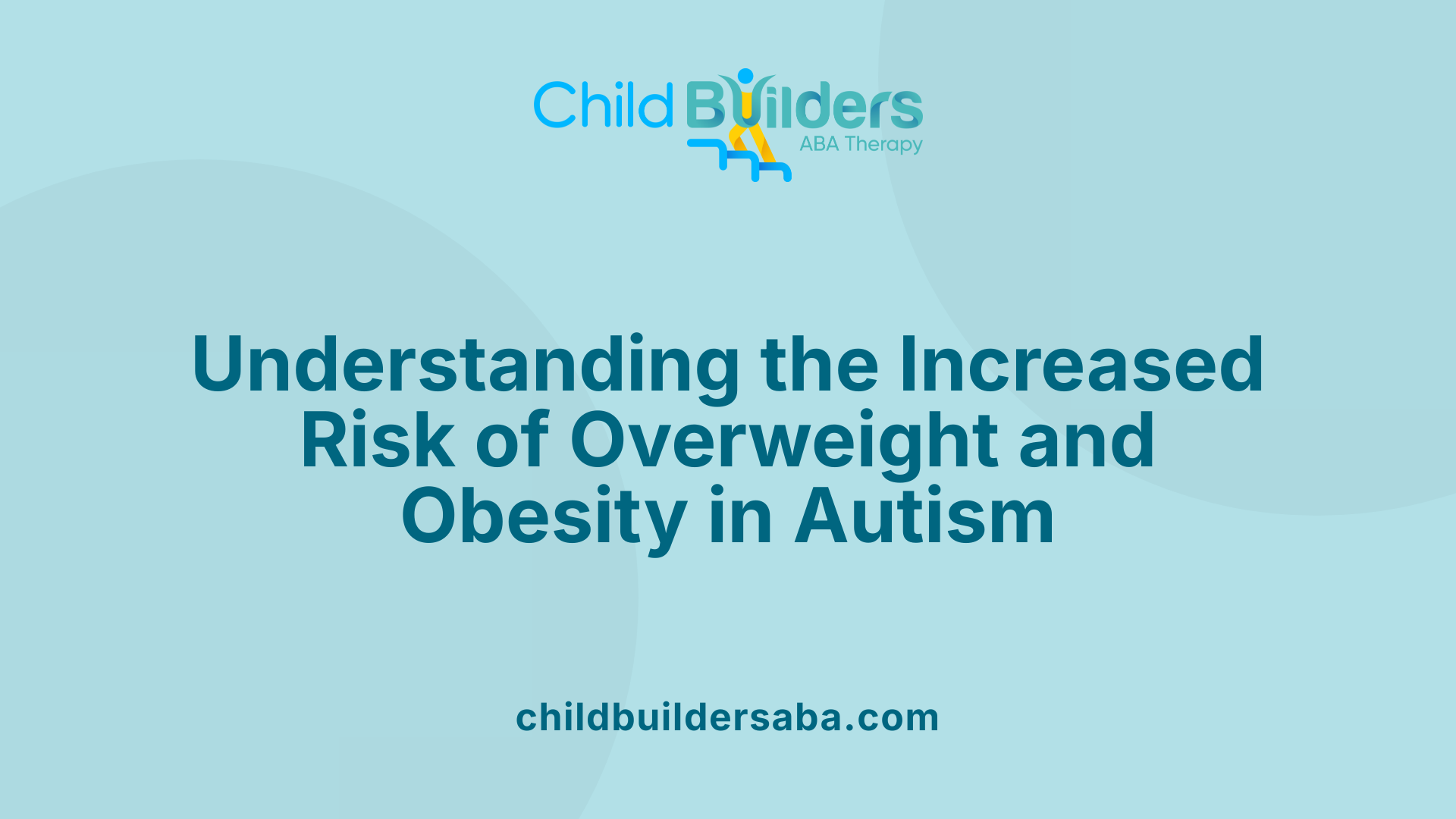 Research indicates that children and adults with autism are at a higher risk of being overweight or obese compared to the general population.
Research indicates that children and adults with autism are at a higher risk of being overweight or obese compared to the general population.
In children with autism spectrum disorder (ASD), approximately 33.6% are categorized as overweight (BMI at or above the 85th percentile), and about 18% are classified as obese (BMI at or above the 95th percentile). These rates are notably higher than in children without ASD, highlighting a significant health concern within this group.
Similarly, in the adult autistic population, studies have shown that 28% are overweight and 35% are obese. These prevalence rates are comparable to the general adult population when factoring in age and sex, but the overall trend remains that autism is associated with increased risk for excess weight.
Compared with the general population, children with ASD tend to experience earlier onset of weight-related issues, particularly at ages 2 to 5 years and during adolescence. In these age groups, rates of unhealthy weight are significantly higher than in typically developing children.
Higher prevalence of overweight and obesity among autistic individuals is influenced by various factors, including reduced physical activity, dietary preferences often limited to high-fat and carbohydrate-rich foods, side effects of behavioral medications like antipsychotics, and co-occurring conditions such as sleep disturbances.
Understanding these nuances helps in tailoring interventions that address both behavioral health and weight management for individuals with autism.
| Age Group | Overweight (%) | Obese (%) | Notes |
|---|---|---|---|
| 2-5 years | Elevated compared to general population | Higher prevalence | Early childhood is a critical period with higher vulnerability |
| 12-17 years | Elevated | Elevated | Adolescence sees increased risk |
| Adults | 28% | 35% | Similar to general population but with notable health risks |
Overall, about one-quarter of individuals with autism are overweight, with the obesity prevalence contributing to increased health complications such as heart, lung, and liver issues. The population of autistic individuals therefore requires targeted support for healthy weight management.
Risk Factors and Biological Underpinnings of Autism and Obesity

What are the risk factors and biological mechanisms linking autism and obesity?
Children and adults with autism spectrum disorder (ASD) are at a heightened risk for overweight and obesity. Research indicates that this connection stems from a combination of sensory sensitivities, behavioral traits, and biological factors.
Autistic individuals often experience sensory processing differences that affect their food preferences and eating behaviors. Many have restricted diets characterized by high consumption of fats and carbohydrates, which contribute to weight gain. Sensory sensitivities can make certain textures or flavors overwhelming, leading to limited food choices and possibly malnutrition or excess weight, depending on the dietary patterns.
Behavioral routines also play a role. Autism is associated with strong routines and preferences for sameness. These routines can translate into repetitive eating patterns or reluctance to try new foods, reinforcing unhealthy eating habits. Additionally, some children with autism may exhibit hyperphagia, an intense feeling of hunger that persists even after eating large amounts of food. This phenomenon can result from neurological differences affecting appetite regulation.
On a biological level, genetic factors such as chromosomal deletions have been linked to both ASD and metabolic regulation issues. These genetic influences may impact how the body processes nutrients and stores fat, further complicating weight management.
The severity of autism symptoms also appears to influence weight outcomes. Studies show that greater autism severity often correlates with lower BMI, likely due to developmental and behavioral differences that restrict food intake or increase physical activity.
Moreover, mental health conditions like anxiety and depression—common among autistic individuals—are independently associated with weight gain, often through emotional eating or reduced motivation for physical activity.
To address these intertwined challenges, a comprehensive, multidisciplinary approach is necessary. Such interventions should include dietary management tailored to sensory sensitivities, behavioral therapies to modify eating routines, physical activity promotion, and mental health support.
In sum, the connection between autism and obesity is complex, involving sensory, behavioral, genetic, and psychological factors. Understanding these mechanisms is crucial for developing effective, personalized interventions aimed at improving health outcomes for autistic people.
Impact of Maternal Health and Prenatal Factors on Autism Risk
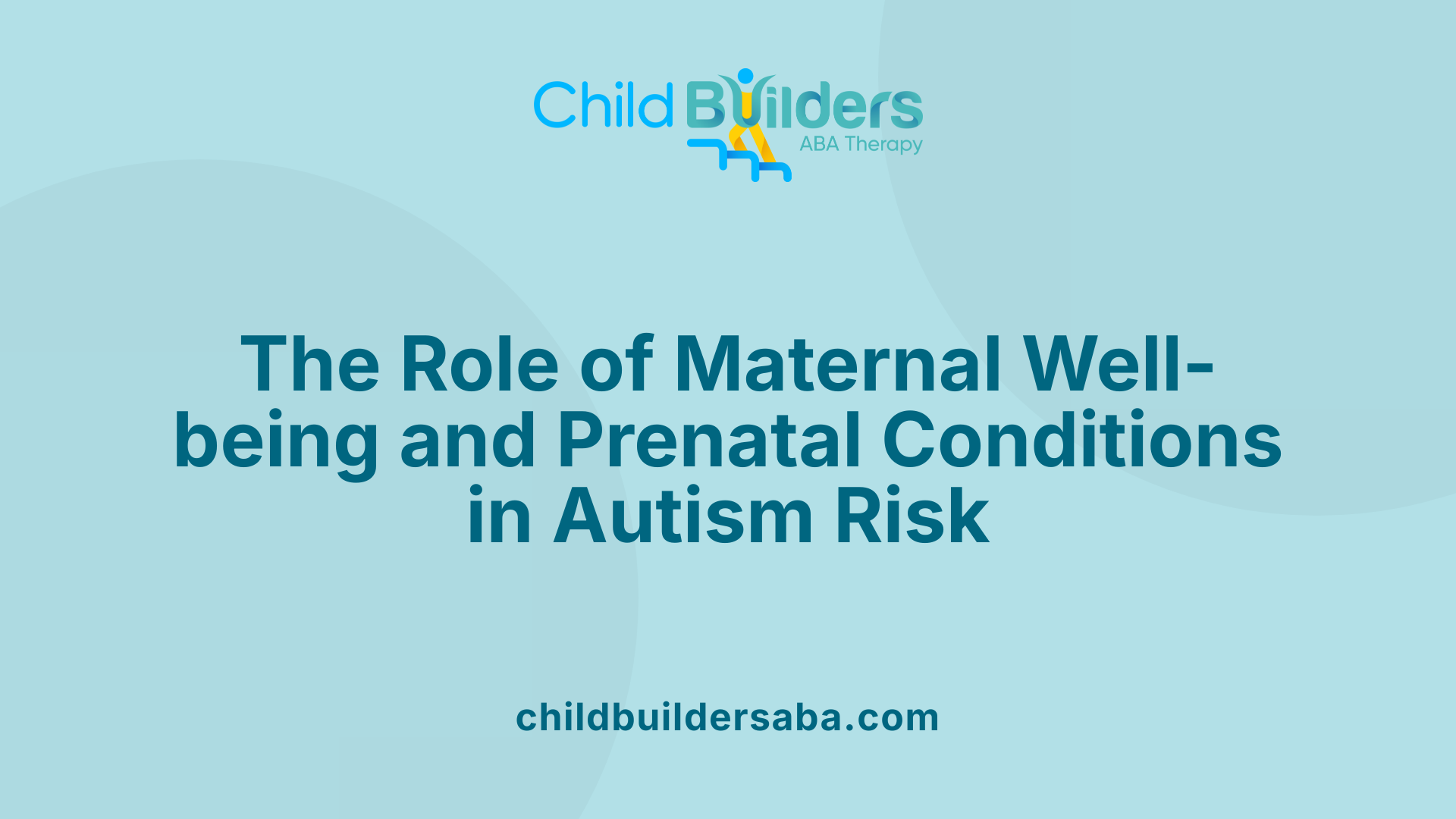
How does maternal obesity and health conditions during pregnancy influence autism risk?
Research indicates that maternal health during pregnancy plays a significant role in the neurodevelopment of children, including the risk of autism spectrum disorder (ASD). Maternal obesity, especially when combined with conditions like gestational diabetes, has been linked to a notably higher risk of ASD in offspring. For instance, children born to mothers who were obese with diabetes are more than four times as likely to be diagnosed with autism compared to those of healthy-weight mothers without diabetes.
In addition to obesity and diabetes, inflammation during pregnancy appears to be a contributing factor. Conditions such as asthma and other inflammatory states in mothers are associated with a higher likelihood of their children developing ASD. Elevated maternal BMI and inflammatory responses can influence fetal brain development through complex biological mechanisms, including hormonal and immune system pathways.
A large study involving over 2,700 mother-child pairs found that children of obese mothers with gestational diabetes had significantly increased risks of autism. Similarly, research from diverse populations, such as studies conducted in China and the United States, also support these findings, emphasizing the impact of maternal health on neurodevelopmental outcomes.
Increases in ASD risk linked to specific prenatal health conditions
| Maternal Health Condition | Associated Risk Increase | Description |
|---|---|---|
| Obesity during pregnancy | 51% more likely to have a child with autism | Higher maternal BMI correlates with increased risk |
| Gestational diabetes | Over four times higher risk | Combines maternal metabolic issues with fetal development |
| Asthma and inflammation | Elevated risk indicators | These conditions may affect fetal brain development |
Overall, these findings underscore the importance of managing maternal health and wellness during pregnancy. Addressing factors like obesity, controlling diabetes, and reducing inflammation might not only improve maternal well-being but could also help reduce the likelihood of neurodevelopmental disorders such as autism in children.
Strategies for Managing Weight in Children and Adults with Autism
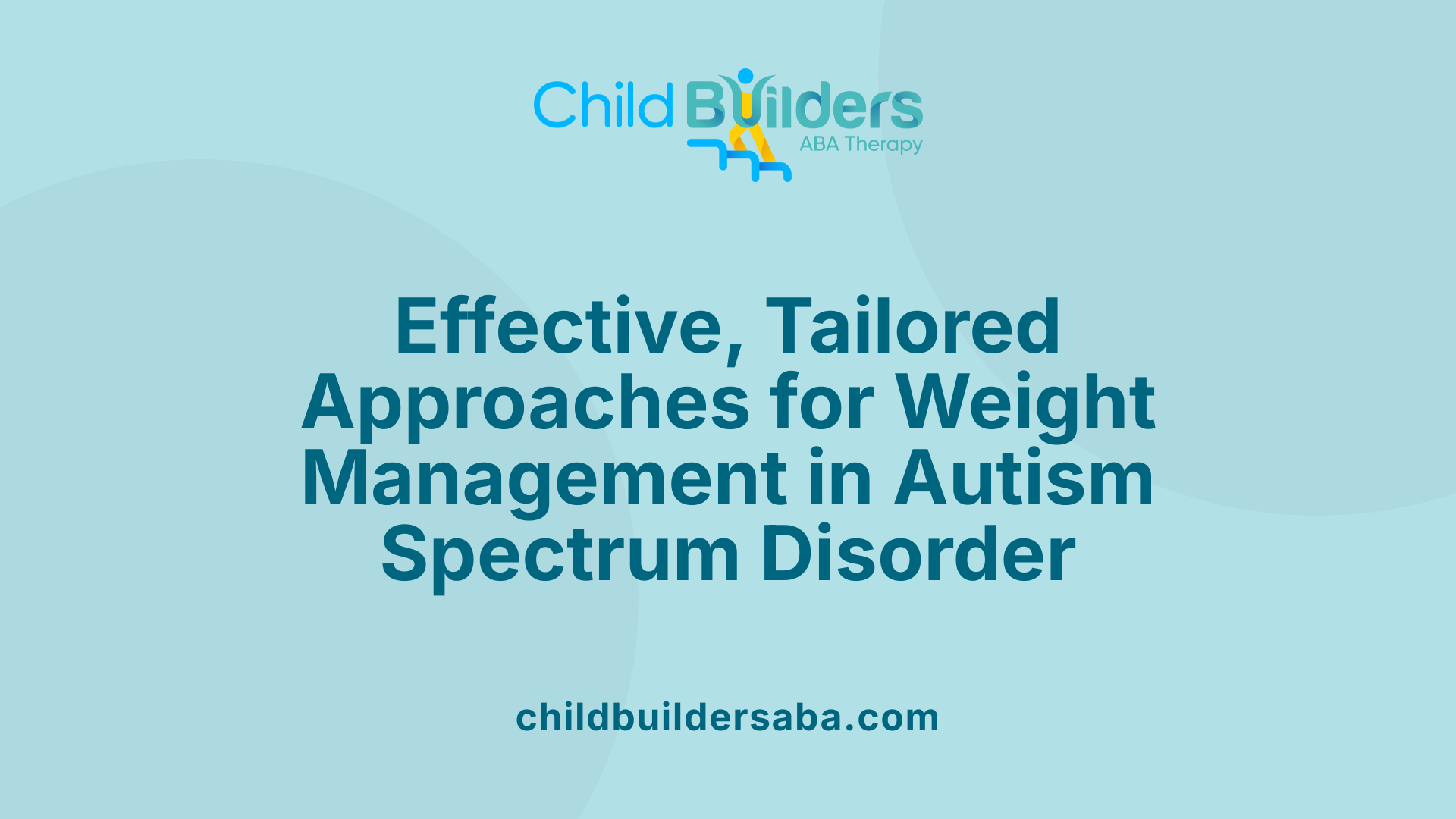
What are effective strategies for managing weight and health in children and adults with autism?
Addressing weight management in individuals with autism requires a tailored, multidisciplinary approach that considers the unique challenges faced by this population. A team of health professionals, including physicians, dietitians, psychologists, and physical activity specialists, collaborates to develop personalized plans.
Behavioral interventions are central to this process. Structured routines, such as scheduled meal and snack times, help regulate hunger and prevent overeating. Visual supports like the Hunger Awareness Scale can aid in teaching children to recognize true hunger cues versus emotional or hyperphagic urges.
Sensory sensitivities common in autism can affect food choices. Strategies include providing sensory-friendly foods, exploring different textures, and rewarding appropriate eating behaviors without using food as a reward. Encouraging social stories and visual aids can also foster better understanding and cooperation during mealtimes.
Physical activity is critical and should be adapted to each individual’s preferences and sensory profile. Regular, engaging activities like walking, biking, or swimming—aiming for at least an hour daily—help burn calories and build healthy habits.
Sleep disturbances often influence appetite and weight. Managing sleep hygiene, setting consistent bedtimes, and limiting screen time are effective ways to improve sleep quality, thereby supporting weight control.
Monitoring medication side effects is important, as some behavioral medicines like antipsychotics and antidepressants can contribute to weight gain. Regular check-ups and adjustments ensure that health remains balanced.
Ongoing behavioral support, nutritional guidance, and family participation are essential for sustainable weight management. When properly coordinated, these strategies can significantly improve health outcomes and quality of life for individuals with autism.
Challenges in Weight Management for Autistic Individuals
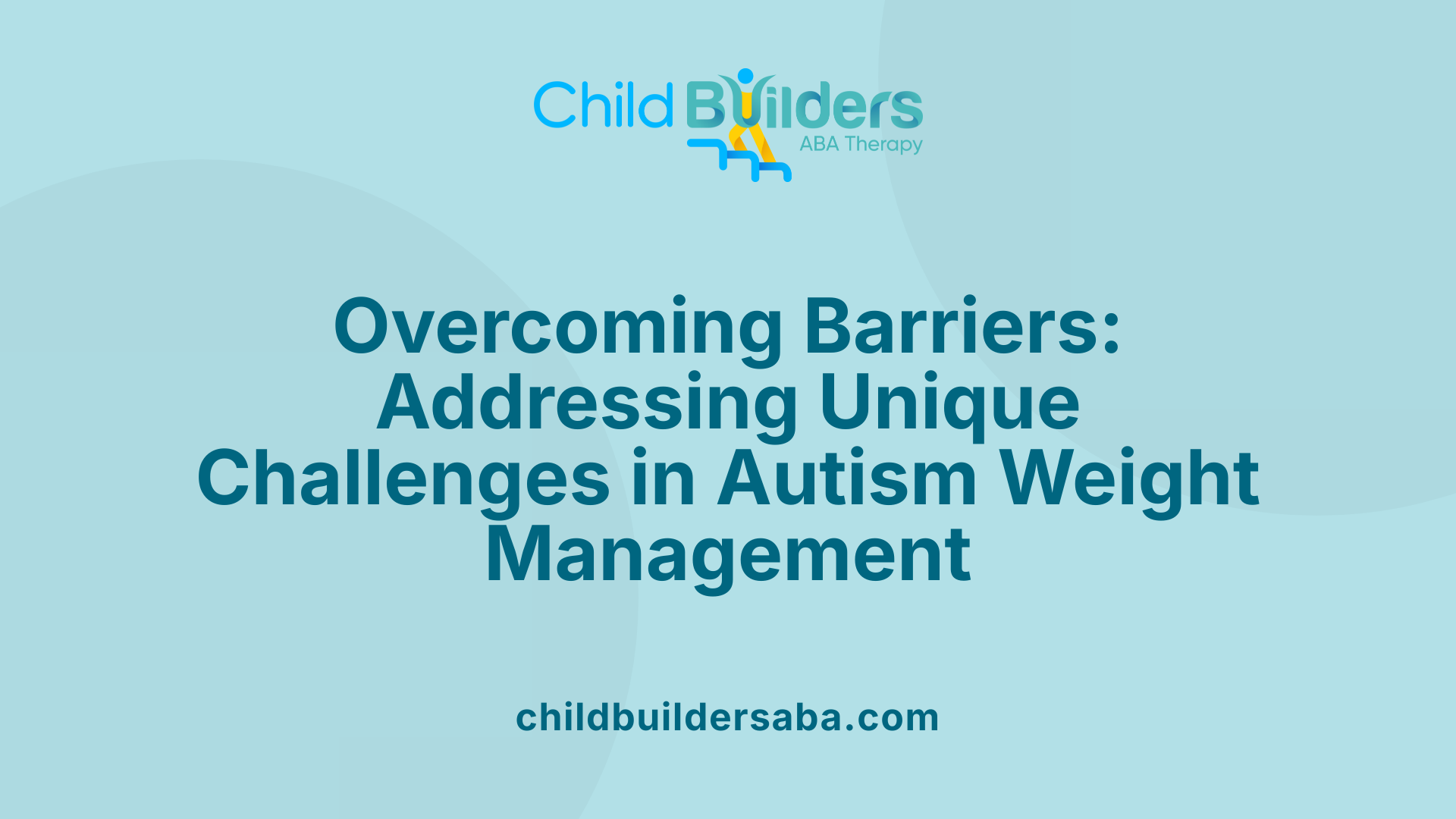
What challenges do autistic individuals face in weight management and loss?
Autistic individuals often confront specific obstacles when it comes to maintaining a healthy weight. Food selectivity and sensory sensitivities are common; many prefer limited diets high in fats and carbohydrates due to oral-motor weaknesses or sensory preferences, making nutritional balance difficult.
Additionally, issues like hyperphagia—an intense feeling of hunger that doesn’t subside after eating—complicate efforts to control weight. Recognizing hunger cues can be challenging due to poor interoception, which is the awareness of internal body signals, leading to difficulties in establishing healthy eating routines.
Physical activity barriers also play a role. Overwhelming sensory experiences in busy gyms or outdoor environments may discourage participation. Many favor alternative activities like swimming, yoga, or leisure-based exercises at home, which are better suited to their sensitivities.
Moreover, underlying conditions such as anxiety, ARFID (Avoidant/Restrictive Food Intake Disorder), or other eating disorders can further impede weight management strategies. These challenges require tailored, sensory-friendly approaches that involve collaboration with autism-informed healthcare professionals to promote healthy habits effectively.
Treatments for Hyperphagia and Eating Regulation in Autism
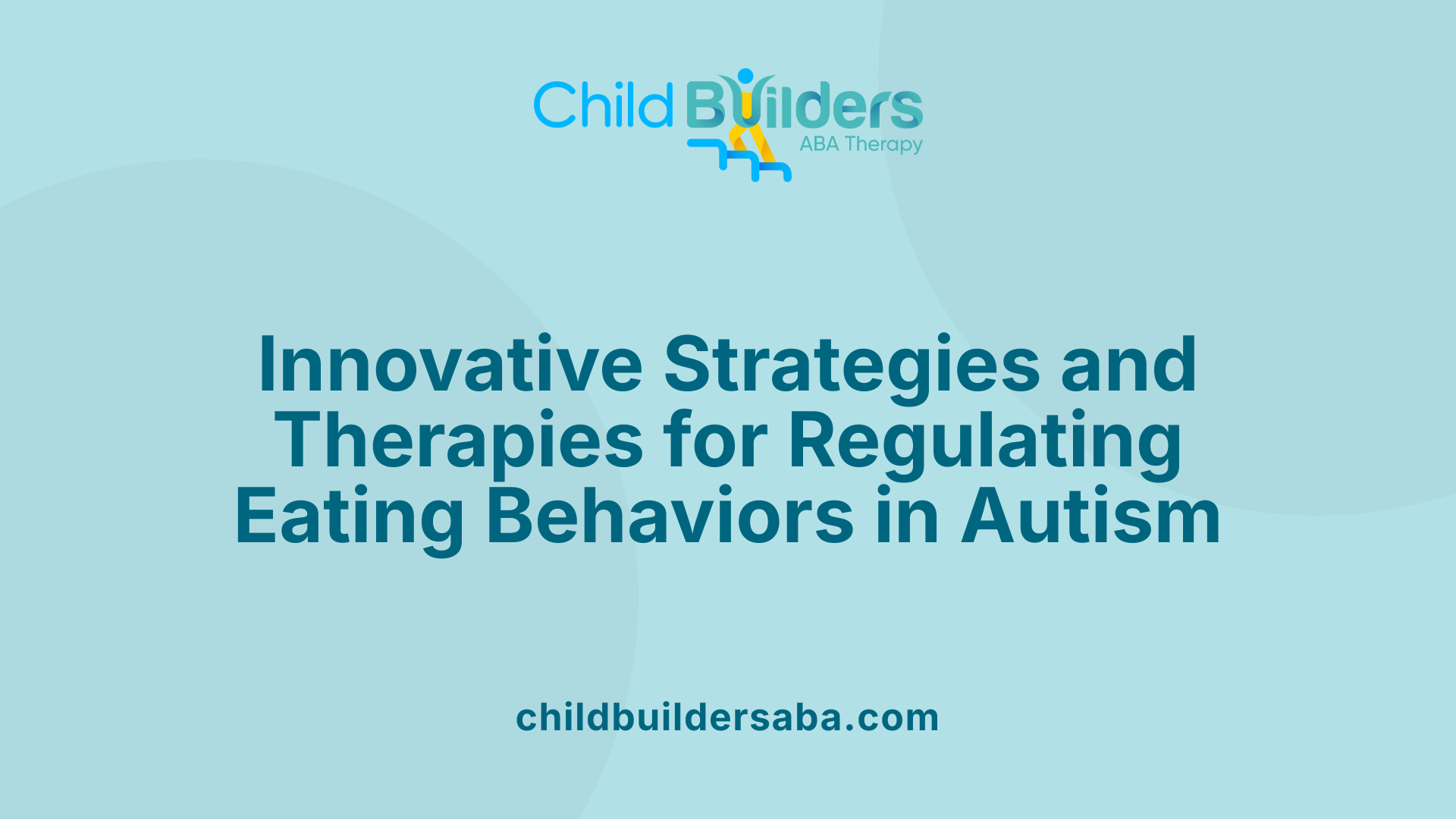 Managing hyperphagia, or intense hunger often seen in children with autism, requires a comprehensive approach involving various strategies. Behavioral interventions are central and include establishing structured routines for meals and snacks, use of visual supports such as hunger awareness scales, and involving families in consistent meal schedules to promote healthy eating habits.
Managing hyperphagia, or intense hunger often seen in children with autism, requires a comprehensive approach involving various strategies. Behavioral interventions are central and include establishing structured routines for meals and snacks, use of visual supports such as hunger awareness scales, and involving families in consistent meal schedules to promote healthy eating habits.
Nutritional counseling plays a crucial role, helping to address pickiness, selectivity, and high-calorie food preferences common in autism. Dietitians can guide the use of balanced diets, portion control, and alternative nutrient sources suited to sensory and oral-motor challenges.
When behavioral and nutritional strategies are insufficient, some healthcare providers may consider pharmacological options. However, treatment choices are limited and must be used cautiously, focusing on underlying mechanisms like hyperphagia or metabolic imbalances.
Ongoing research into medications primarily explores options developed for related conditions such as Prader-Willi syndrome, which shares hyperphagic symptoms. These developments aim to provide more targeted and effective treatments.
Overall, combining behavioral management, nutritional guidance, and cautious pharmacological use, tailored to each child's needs, offers the best approach. Continued research promises advances that could improve quality of life for children with autism experiencing hyperphagia.
Recent Scientific Findings and Future Directions
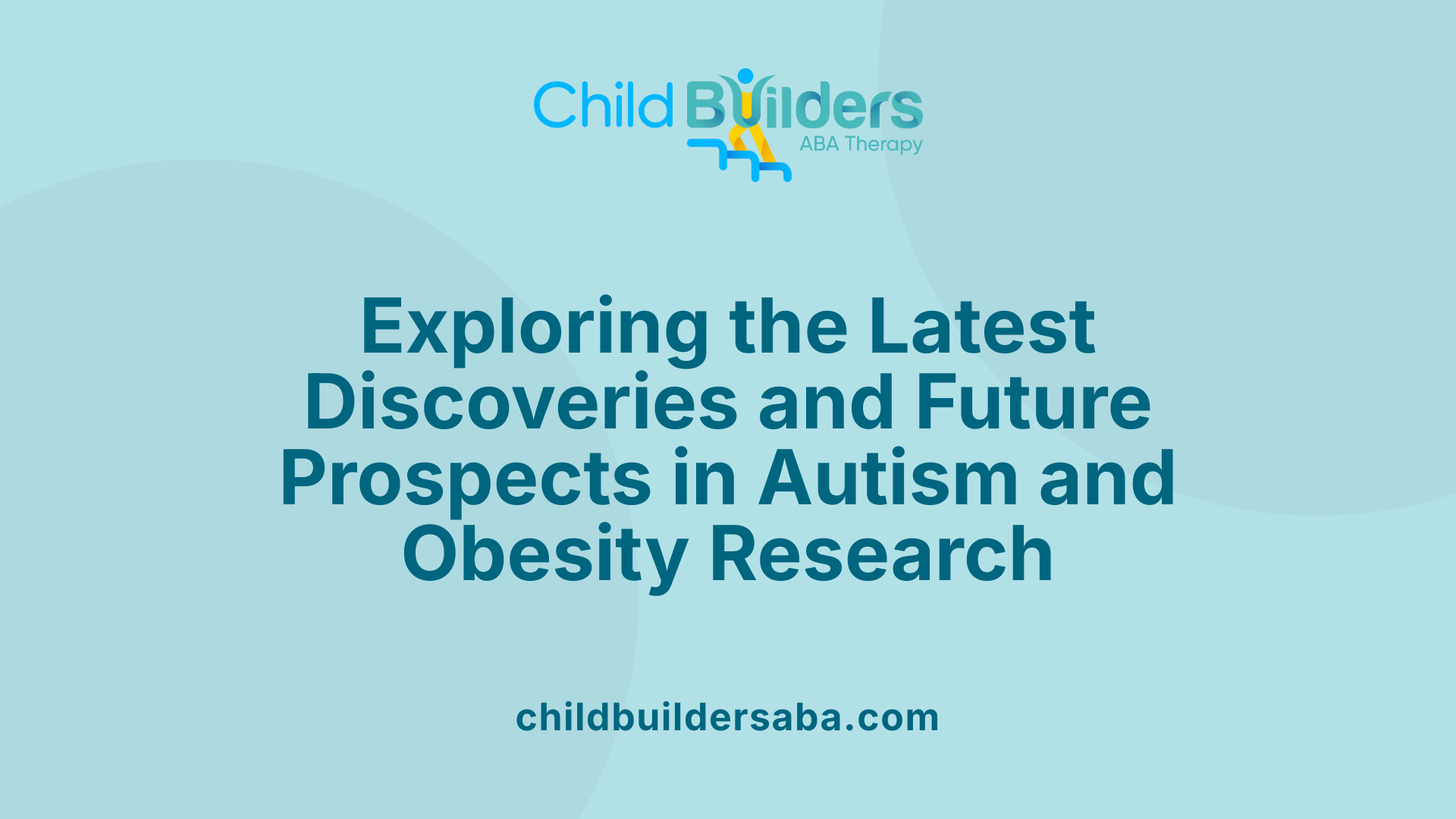
What does recent scientific research say about the prevalence and factors related to obesity in individuals with autism?
Recent studies have highlighted that adults with autism spectrum disorder (ASD) face a heightened risk of excess weight and related health issues. In a large clinical sample, roughly 28% were classified as overweight and about 35% as obese, with 11% experiencing hypertension. Interestingly, prevalence estimates for overweight and obesity in adults with ASD are similar to those in the general population when considering age and sex.
For children and adolescents, the figures are also significant. Data indicates that 33.6% of children with ASD are overweight (BMI above the 85th percentile), and 18% are classified as obese (BMI above the 95th percentile). These numbers tend to be higher, especially at early childhood (ages 2-5) and in adolescence (ages 12-17), compared to children without ASD. Factors contributing to obesity in this group include reduced physical activity, selective eating high in fats and carbohydrates, and side effects from behavioral medications like antipsychotics.
Moreover, sensory processing issues typical in autism can lead to limited diets that favor calorie-dense foods, and hyperphagia—an intense feeling of hunger—can drive overeating. Metabolic and societal factors, such as less engagement in physical activities, further exacerbate weight gain as children age.
How do prenatal health conditions influence the risk of autism and related weight issues?
Prenatal factors also play a crucial role. Research shows that maternal health conditions, such as obesity and asthma during pregnancy, are associated with increased risks of autism. Specifically, children born to obese mothers and those with diabetes during pregnancy are over four times more likely to be diagnosed with ASD.
A comprehensive study examining thousands of mother-child pairs found that when mothers had both obesity and gestational diabetes, the risk of autism was significantly higher, suggesting in utero influences. The study also pointed out that maternal inflammation—indicated by conditions like asthma—might affect neurodevelopment, possibly through inflammatory pathways impacting fetal brain growth.
Similarly, children born to obese mothers before conception have a doubled risk of developing ASD. These findings emphasize the importance of maternal health and nutrition prior to and during pregnancy as potential preventive measures against autism spectrum disorders.
What role might genetic and epigenetic factors play?
While environmental factors are prominent, genetic and epigenetic influences are also being explored. Recent evidence suggests potential genetic links between parental obesity—particularly paternal obesity—and the risk of ASD in offspring. Studies indicate that children of obese fathers have higher odds of developing autistic disorders and Asperger syndrome.
Epigenetic mechanisms, where parental health status can influence gene expression without altering DNA sequences, may partly explain these associations. These findings underscore the complexity of autism etiology, involving an interplay of genetics, parental health, and prenatal environment.
Understanding these factors can guide future research on prevention strategies, early intervention, and tailored health plans to mitigate obesity and neurodevelopmental risks.
| Aspect | Findings | Additional Notes |
|---|---|---|
| Prevalence in Adults | 25.67% overweight, 31.04% obese | Similar rates to the general population |
| Prevalence in Youth | 33.6% overweight, 18% obese | Higher in early childhood and adolescence |
| Contributing Factors | Sensory issues, restricted diets, medications | Impact on weight management |
| Prenatal Influences | Maternal obesity and inflammation linked to ASD | Higher risk with combined factors |
| Genetic Links | Parental obesity associated with ASD | Paternal impact notable |
These findings reinforce the importance of comprehensive approaches to health, factoring in neurodevelopmental and metabolic dimensions, to improve outcomes for individuals with autism.
Addressing the Intersection of Autism and Obesity for Better Health Outcomes
An integrated approach combining early screening, personalized behavioral strategies, nutritional guidance, and family involvement is vital in managing and preventing obesity among people with autism. Recognizing the role of prenatal and genetic factors also emphasizes the importance of maternal health. Continued research and development of targeted treatments, especially for hyperphagia and sensory sensitivities, will be key to improving health outcomes and quality of life in this vulnerable population.
References
- Autism and obesity
- Obesity and Autism - PMC - National Institutes of Health (NIH) |
- Prevalence and factors associated with overweight, obesity ... - Nature
- Parental Obesity and Risk of Autism Spectrum Disorder - PMC
- Maternal obesity doubles the risk of developing autism in children
- How to stop teen's progression from chubby to obese | Autism Speaks
- Obesity, Diabetes in Mom Increases Risk of Autism in Child
- Underweight, overweight, obesity and associated factors in children ...
- Asthma, obesity during pregnancy linked to autism in children
- Autistic adult outcomes on weight and body mass index





































































































